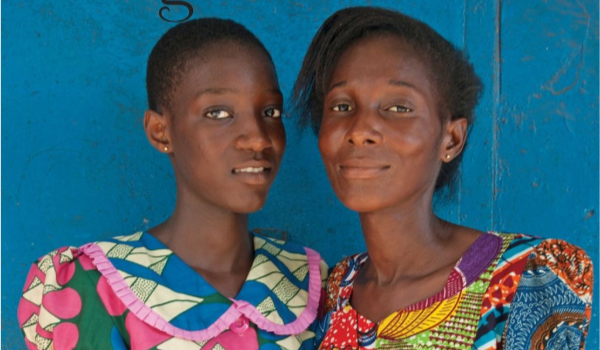
Out Now: The Geometric Issue

The 27th April marks Freedom Day in South Africa, a national holiday. To celebrate the 25th anniversary of free elections we devote this issue to the memory of Nelson Mandela, the president whose sense of style set him apart from other world leaders. Dress was an evocative political tool for Mandela's public image, the sartorial embodiment of freedom and self-constitution; his shirts set the tone for a new nation no longer defined by colonial power structures.

The generation of designers who emerged from more than half a century of Apartheid has a strong cultural identity and unique aesthetic. The rest of the world is now enjoying the benefits of its mature style. We see evidence of this in the zig-zag knits of Laduma Ngxokolo who combines Cape Mohair from angora goats read predominantly in the Eastern Cape, with the indigenous designs of the Xhosa region.
Objects with their roots in colonialism such as the Voortrekker Keppie Bonnets, or the Basotho Blanket have been absorbed and reinvented. At a time when the rights and wrongs of cultural appropriation are a hot potato, the striking painted homes of the Ndebele people stand as a treasured example of how a powerful aesthetic can emerge from a range of cultural influences as diverse as Cape Dutch gables, European packaging design and American cars from the 1950s. No appropriation here, just creativity.

Cape Town's finest example of modernity is the MOCA, a gallery carved from circular concrete grain silos standing proud in the baking sun and overlooking the fairest bay in the world. The elements all of this energetic vibrant design have in common is the reinterpretation of geometry the endless variations of squares, circles and triangles, mixed with colour and vigour. Uniting geometry and the healing benefits of craft practice are two stories of quilts that have emerged from war, those made by Boer soldiers, and those made by refugees from the conflict in Bosnia. Vibrancy and beauty can come from the darkest places.
